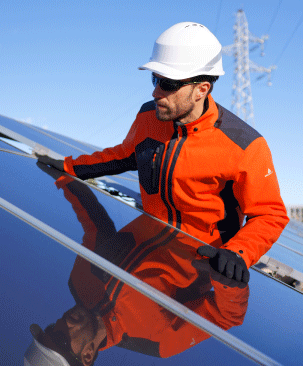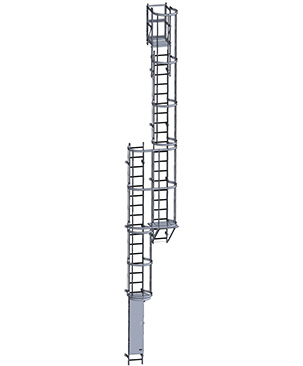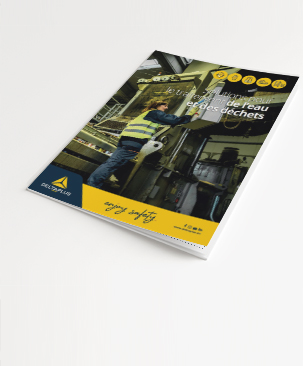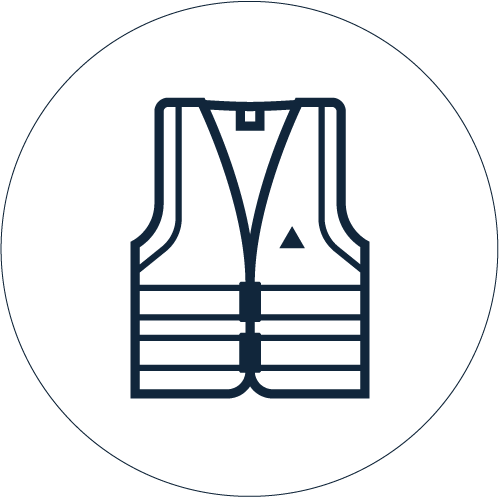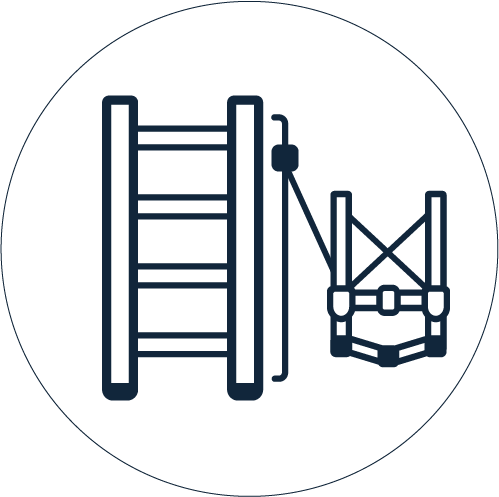Food compatibility is governed by:
Regulation (EC) N° 1935/2004 of the European Parliament and of the Council of 27th October 2004 on materials and articles intended to come into contact with foodstuffs.
Materials and articles must be manufactured in compliance with good manufacturing practice so that, under normal or foreseeable conditions of use, they do not transfer their constituents to food in quantities which could:
• Endanger human health ;
• Bring about an unacceptable change in the composition of the food or a deterioration in the organoleptic characteristics thereof.
Food contact of plastic materials is governed by Regulation (EU) No 10/2011 and the related requirements.
Materials PVC/Vinyl or even Latex/Nitrile gloves (unless local legislation exists) are directly subject to these regulations. They define:
• Positives lists of authorized constituents;
• The purity criteria applicable to some of these constituents;
• Special migration limits in foodstuffs for certain constituents;
• Maximum residual quantities of some constituents in the material;
• An overall migration limit in foods.
• A limit of metal content for plastic materials and objects.
Annex III of Regulation (EU) 10/2011 provides the list of stimulants to be used for testing migration of constituents of plastic materials and articles intended to come into contact with foodstuffs:
• Aqueous foods (pH > 4.5): Simulants A, B and C.
• Acid food (pH ≤ 4.5): Simulant B;
• Alcoholic foods (≤ 20%): Simulant C;
• Alcoholic foods (> 20%): Simulant D1.
• Fatty foods: Simulants D1 and D2.
• Foods containing free surface fats: Simulant D2.
• Dry foods: Stimulant E.
